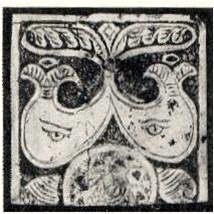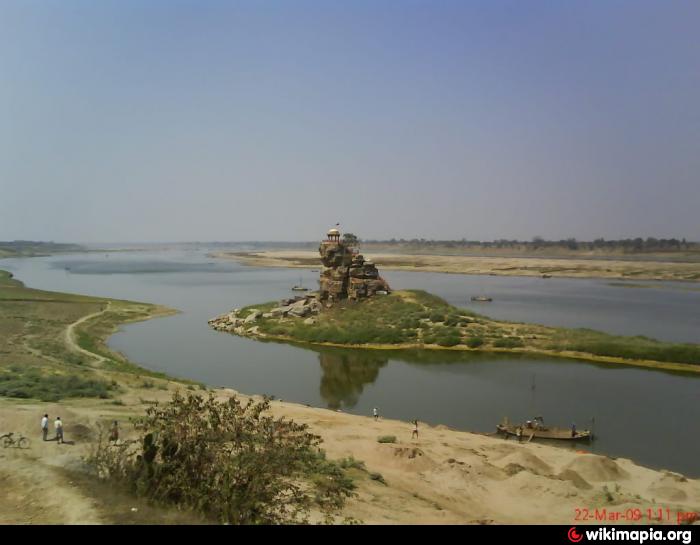Don't judge 'Mohenjo Daro' with its trailer says Ashutosh Gowariker
PTI | Jul 11, 2016, 10.52 PM IST
Acclaimed filmmaker Ashutosh Gowariker is not perturbed over flak from audience on trailer of his upcoming film "Mohenjo Daro" and says one needs to be open to criticism.
The 52-year-old "Lagaan" Director counselled movie-goers to be patient and form opinion after seeing the film.
Asked how does he deal with criticism over the trailer when everything is proper - from script to casting - Ashutosh says, "We are open to that. When Amitji (Amitabh Bachchan) was in good career phase a film named "Alaap" came and the poster had Amitji's face that seemed poetic. I did not go for it as I was enjoying watching him in 'Don', 'Trishul'.
"We have our own image or response to a trailer. In a trailer you try to depict a story. There are certain elements that shock you but you have to be patient and form your opinion after seeing the film. I think 'Alaap' was a superb film and Amitji was great," he added.
The 52-year-old "Lagaan" Director counselled movie-goers to be patient and form opinion after seeing the film.
Asked how does he deal with criticism over the trailer when everything is proper - from script to casting - Ashutosh says, "We are open to that. When Amitji (Amitabh Bachchan) was in good career phase a film named "Alaap" came and the poster had Amitji's face that seemed poetic. I did not go for it as I was enjoying watching him in 'Don', 'Trishul'.
"We have our own image or response to a trailer. In a trailer you try to depict a story. There are certain elements that shock you but you have to be patient and form your opinion after seeing the film. I think 'Alaap' was a superb film and Amitji was great," he added.
The trailer of Hrithik Roshan-starrer "Mohenjo Daro" invited criticism with fans questioning the depiction of historical times through VFX technology.
The epic adventure-romance film, written and directed by Ashutosh, features Hrithik and Pooja Hegde in the lead roles.
Reportedly, the film is set in 2016 BC in the ancient city of Mohenjo-daro in the era of the Indus Valley civilisation. The film is about a man who falls in love with his enemy's daughter, who is a dancer.
The film, produced by Siddharth Roy Kapur and Sunita Gowariker, releases on August 12.
'Mohenjo Daro' set has been built on Lagaan's cricket ground
TNN | Jul 6, 2016, 03.29 PM IST
As Mohenjo Daro required the director to recreate a pre-historical world, Ashutosh Gowariker zeroed down on Bhuj to build the magnum opus world of Mohenjo Daro.
While the director and his team visited the location of shoot, they were surprised to notice that it was the very same location where Lagaan's climax scene was shot (the cricket match).
Producer Sunita Gowariker shares, "When we went to Bhuj for a recee, it's uncanny that the same land which was used for Lagaan, is what suited our requirement and we decided to mount our set for the Mohenjo Daro city there. But what amazed me is that the platform made for the cricket pavilion in Lagaan was still standing on that land. 15 years later no one had removed it and that's something that brought a smile to Ashutosh's face and made him reminisce about his Lagaan days."
Ashutosh Gowariker's Mohenjo Daro, is an action-romance set in the pre historic Era and features a love story between the lead cast, Hrithik Roshan and newbie Pooja Hegde.
Listen to the songs of Mohenjo Daro on gaana.com
Mohenjo Daro's trailer released last week and proved to be a visual spectacle. There is also a strong social media buzz on the project with the audience awaiting Hrithik's association with Ashutosh Gowariker post Jodhaa Akbar.
Produced by Siddharth Roy Kapur and Sunita Gowariker, Mohenjo Daro is Directed by Ashutosh Gowariker and is slated to release on August 12th, 2016.
While the director and his team visited the location of shoot, they were surprised to notice that it was the very same location where Lagaan's climax scene was shot (the cricket match).
Producer Sunita Gowariker shares, "When we went to Bhuj for a recee, it's uncanny that the same land which was used for Lagaan, is what suited our requirement and we decided to mount our set for the Mohenjo Daro city there. But what amazed me is that the platform made for the cricket pavilion in Lagaan was still standing on that land. 15 years later no one had removed it and that's something that brought a smile to Ashutosh's face and made him reminisce about his Lagaan days."
Ashutosh Gowariker's Mohenjo Daro, is an action-romance set in the pre historic Era and features a love story between the lead cast, Hrithik Roshan and newbie Pooja Hegde.
Listen to the songs of Mohenjo Daro on gaana.com
Mohenjo Daro's trailer released last week and proved to be a visual spectacle. There is also a strong social media buzz on the project with the audience awaiting Hrithik's association with Ashutosh Gowariker post Jodhaa Akbar.
Produced by Siddharth Roy Kapur and Sunita Gowariker, Mohenjo Daro is Directed by Ashutosh Gowariker and is slated to release on August 12th, 2016.
[quote] Mohenjo Daro (English: Mound of the Dead Men) is an upcoming Indian epic adventure-romance film written and directed byAshutosh Gowariker.[4][5] The film is produced by Siddharth Roy Kapur and Sunita A. Gowariker.[6] It features Hrithik Roshan andPooja Hegde in the lead roles.[7]
The film is set in 2016 BC in the ancient city of Mohenjo-daro in the era of the Indus Valley civilisation.[8][9][10] The film is about a man who falls in love with his enemy's daughter who is a dancer.[11] Centred on romance through the cultures and ancient civilisations of Mohenjo-daro, Gowariker took over three years to develop the film with the help of archaeologists who documented the discovery of Indus Valley civilisation. The film was shot in Bhuj and Mumbai with short schedules in Jabalpur and Thane.
The soundtrack album and film score are composed by A. R. Rahman[12] with song lyrics penned by Javed Akhtar.[13] The film is scheduled for a worldwide release on 12 August 2016.[14]...
...
The full music album of the film was released on 6 July 2016
| Mohenjo Daro (Original Motion Picture Soundtrack) | |||
|---|---|---|---|
| No. | Title | Singer(s) | Length |
| 1. | "Mohenjo Mohenjo" | A. R. Rahman, Arijit Singh, Bela Shende, Sanah Moidutty | 6:22 |
| 2. | "Sindhu Ma" | A. R. Rahman, Sanah Moidutty, Megh Shah | 5:47 |
| 3. | "Sarsariya" | Shashwat Singh, Shashaa Tirupati | 6:10 |
| 4. | "Tu Hai" | A. R. Rahman, Sanah Moidutty | 3:59 |
| 5. | "Whispers of the Mind" | Arjun Chandy | 4:16 |
| 6. | "Whispers of the Heart" | Arjun Chandy | 3:51 |
| 7. | "The Shimmer of Sindhu" | Keba Jeremiah, Kareem Kamalakar | 3:21 |
| 8. | "Lakh Lakh Thora" | Tapas Roy, Naveen Kumar | 3:01 |
Total length: | 36:47 [unquote] | ||
https://www.youtube.com/watch?v=UPZ5FKEB02I
Mohenjo Daro | Official Trailer | Hrithik Roshan & Pooja Hegde | In Cinemas Aug 12UTV Motion Pictures and Ashutosh Gowariker Productions Present Mohenjo Daro starring Hrithik Roshan and Pooja Hegde The film is directed by Ashutosh Gowariker and releases on August 12, 2016.
During the Pre-historic Indus Valley, in 2016 BC, the evil greed of a man is about to destroy one of the oldest cities in the ancient world, Mohenjo Daro. A young indigo farmer, Sarman, enters the city and meets Chaani, the daughter of the Priest, predicted to be the Origin of a New Society. Sarman, in his attempt to win Chaani's love, uncovers the secrets nobody was ever supposed to know - about Chaani, about Mohenjo Daro and about his own past!
MOHENJO DARO is a story of an ancient love and our past, present and future!
SUBSCRIBE UTV Motion Pictures: http://www.youtube.com/utvmotionpictures
UTV Motion Pictures and Ashutosh Gowariker Productions Present Mohenjo Daro starring Hrithik Roshan and Pooja Hegde The film is directed by Ashutosh Gowariker and releases on August 12, 2016.
During the Pre-historic Indus Valley, in 2016 BC, the evil greed of a man is about to destroy one of the oldest cities in the ancient world, Mohenjo Daro. A young indigo farmer, Sarman, enters the city and meets Chaani, the daughter of the Priest, predicted to be the Origin of a New Society. Sarman, in his attempt to win Chaani's love, uncovers the secrets nobody was ever supposed to know - about Chaani, about Mohenjo Daro and about his own past!
MOHENJO DARO is a story of an ancient love and our past, present and future!
SUBSCRIBE UTV Motion Pictures: http://www.youtube.com/utvmotionpictures









 Chinese dredging vessels are purportedly seen in the waters around Fiery Cross Reef in the disputed Spratly Islands in the South China Sea, November, 2015
Chinese dredging vessels are purportedly seen in the waters around Fiery Cross Reef in the disputed Spratly Islands in the South China Sea, November, 2015 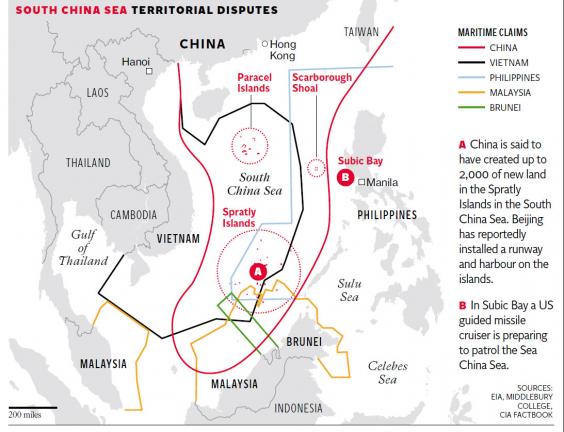






 शम्बुक्क, शम्बुक [p=
शम्बुक्क, शम्बुक [p= 


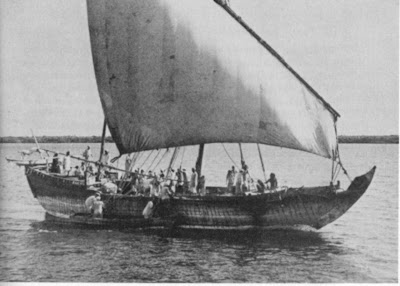 An Indian Ocean dhow. "
An Indian Ocean dhow. "


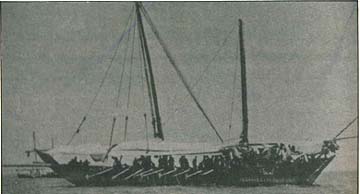







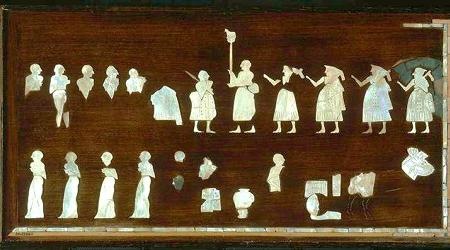
 Badari twig
Badari twig




 Mohenjo-daro. m1457 Copper plate with 'twist' hieroglyph.
Mohenjo-daro. m1457 Copper plate with 'twist' hieroglyph. 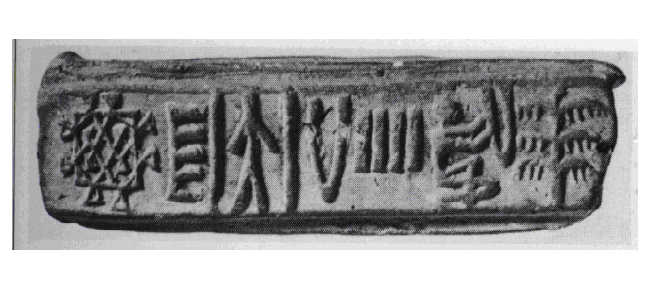 m478a tablet
m478a tablet


















 The pair of 'ovals or ellipses' are infixed with 'notches'. khANDA 'notch' rebus: khaNDa 'implement'. dhal 'slope' rebus: dhALako 'large ingot (oxhide)' PLUS
The pair of 'ovals or ellipses' are infixed with 'notches'. khANDA 'notch' rebus: khaNDa 'implement'. dhal 'slope' rebus: dhALako 'large ingot (oxhide)' PLUS 


 The Shahdad standard has the 'twisted strand' hieroglyph together with tree, zebu, lion, woman. kuTi 'tree' rebus: kuThi 'smelter' poLa 'zebu' rebus: poLa 'magnetite' arye 'lion' rebus: Ara 'brass' meD 'twist' rebus: meD 'iron, copper, metal'. kola 'woman' rebus: kolhe 'smelter' kol 'working in iron'.
The Shahdad standard has the 'twisted strand' hieroglyph together with tree, zebu, lion, woman. kuTi 'tree' rebus: kuThi 'smelter' poLa 'zebu' rebus: poLa 'magnetite' arye 'lion' rebus: Ara 'brass' meD 'twist' rebus: meD 'iron, copper, metal'. kola 'woman' rebus: kolhe 'smelter' kol 'working in iron'.


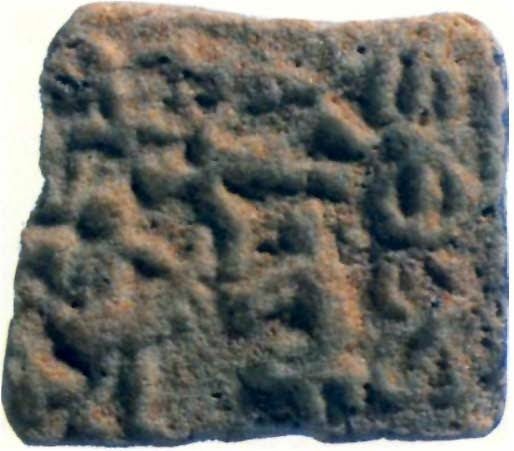





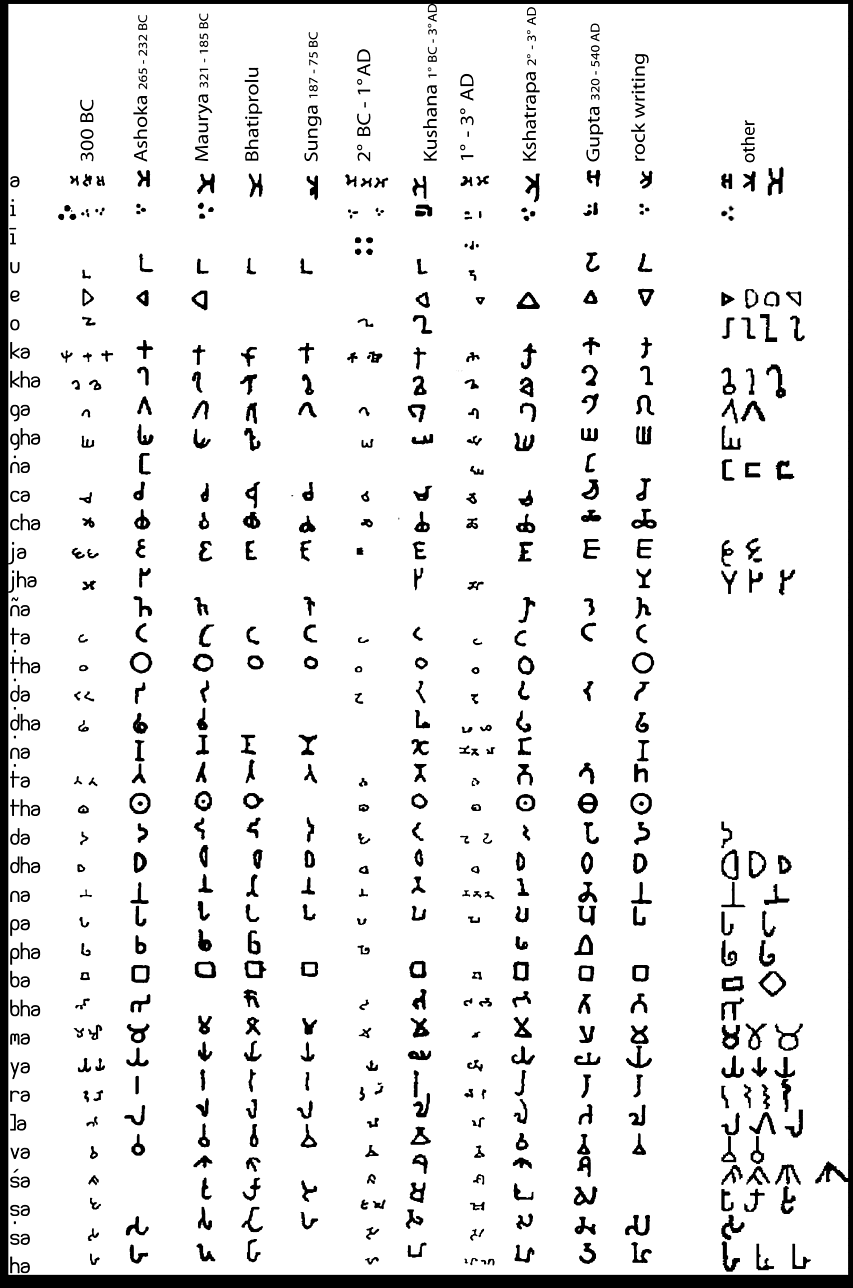


 Rhd-157
Rhd-157 C-49, C-50
C-49, C-50






















 m592
m592



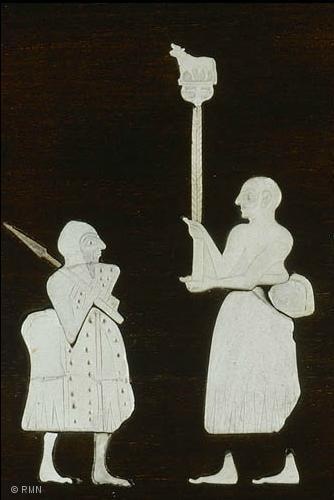


 Rein Rings atop the shaft of the ceremonial 'chariot' (sledge) found in Queen Pu-abi's tomb. valgā
Rein Rings atop the shaft of the ceremonial 'chariot' (sledge) found in Queen Pu-abi's tomb. valgā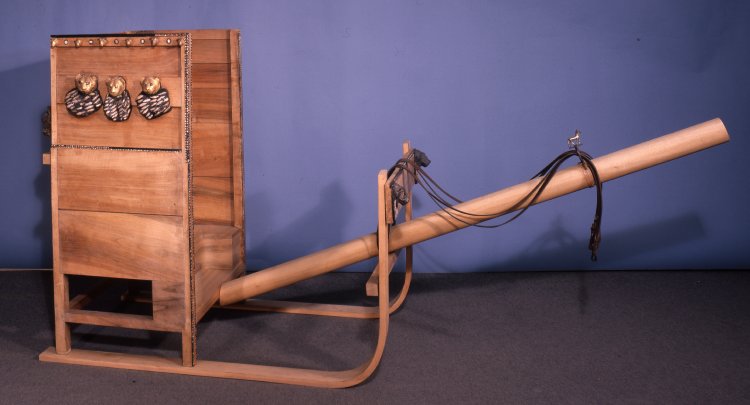





















 Subramanian Swamy
Subramanian Swamy 


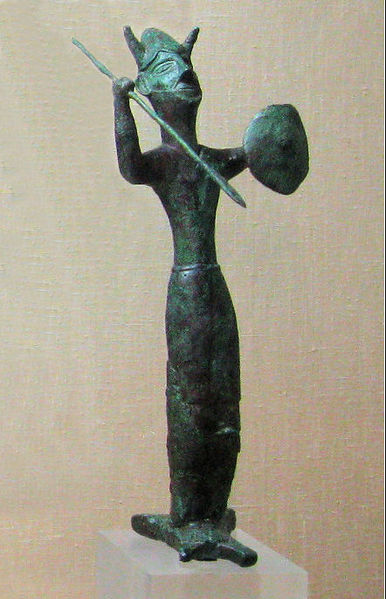
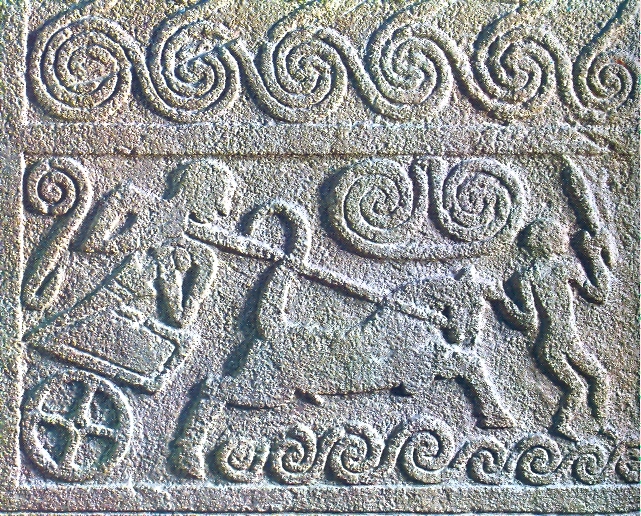 Part of a funeral stele, chariot scene, Mycenae 16th cent. BCE The hieroglyphs of molluscs and bivalve shells signify
Part of a funeral stele, chariot scene, Mycenae 16th cent. BCE The hieroglyphs of molluscs and bivalve shells signify 

 British Museum Number
British Museum Number 







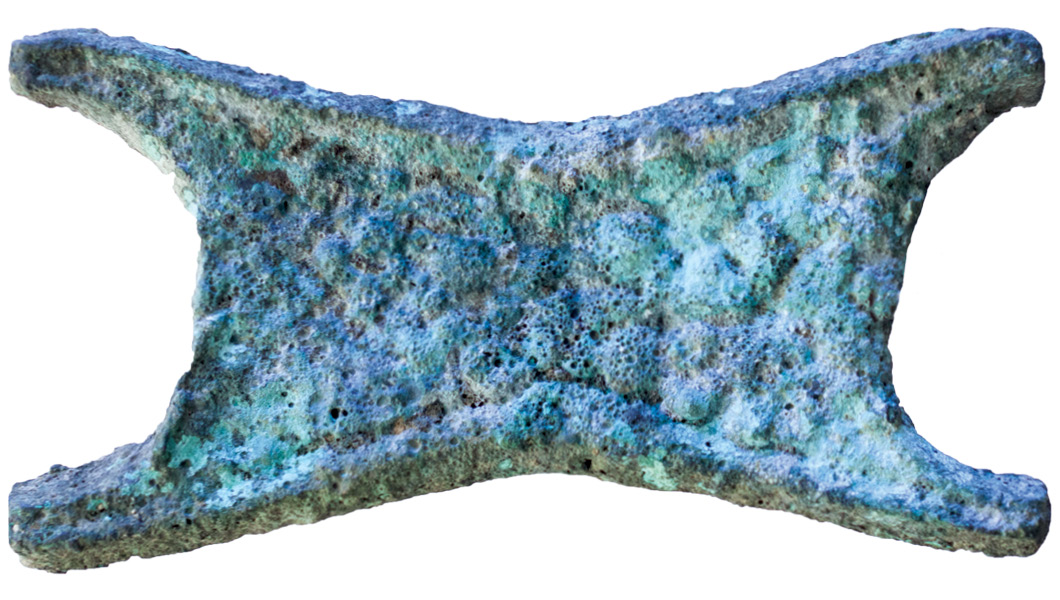

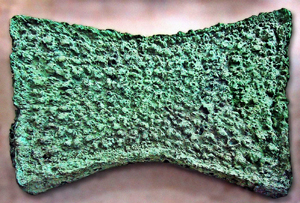
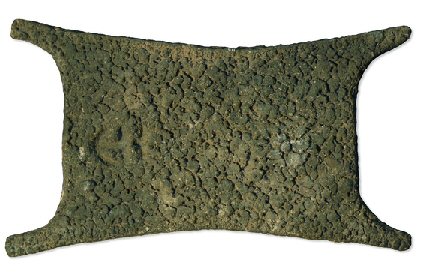
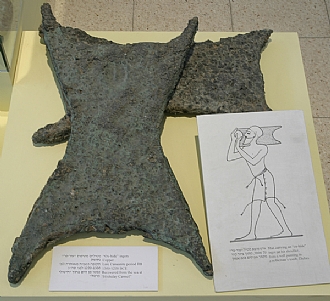
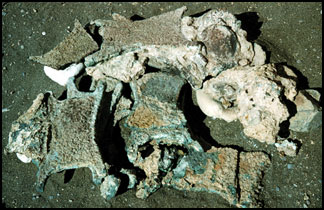
 Bronze ingot from the Cape Gelidonya shipwreck, about 1200 BC. On display in the Museum of Underwater Archaeology at Bodrum Castle, Turkey.
Bronze ingot from the Cape Gelidonya shipwreck, about 1200 BC. On display in the Museum of Underwater Archaeology at Bodrum Castle, Turkey.




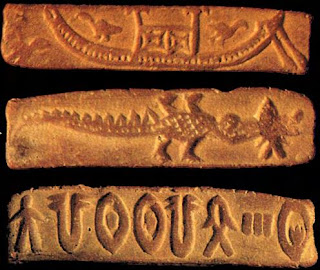















 Chakravartin and 7 jewels
Chakravartin and 7 jewels








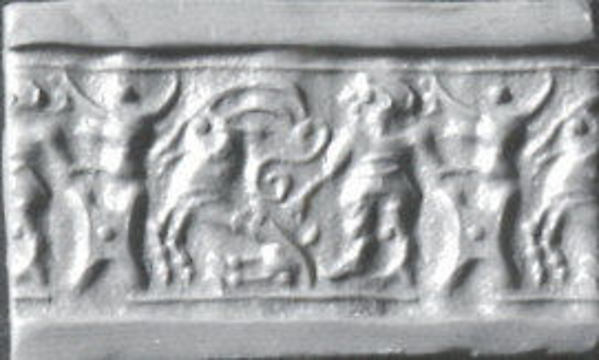













 Inscribed tablets. Third from l. Ajatasatru pillar sculptural frieze.
Inscribed tablets. Third from l. Ajatasatru pillar sculptural frieze. Pasenadi pillar with inscribed tablet
Pasenadi pillar with inscribed tablet Jetavana monastery on medallion. Rectangular coins spread out on field
Jetavana monastery on medallion. Rectangular coins spread out on field Soldier with long sword with kampaTTa 'mint' hieroglyph
Soldier with long sword with kampaTTa 'mint' hieroglyph.jpg/300px-GreekKing(Drawing).jpg) The sword is inscribed with a srivatsa hypertext.
The sword is inscribed with a srivatsa hypertext.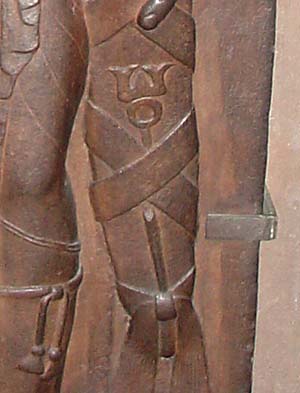 Srivatsa on a soldier's arm, together with a dotted circle dhAu 'strand' rebus: dhAu 'element, mineral ore'
Srivatsa on a soldier's arm, together with a dotted circle dhAu 'strand' rebus: dhAu 'element, mineral ore' kampaTTa 'mint' hieroglyph PLUS tAmarasa 'lotus' rebus: tAmra 'copper'
kampaTTa 'mint' hieroglyph PLUS tAmarasa 'lotus' rebus: tAmra 'copper'



 Pupphadevi holding a bronze mirror
Pupphadevi holding a bronze mirror Yakkhi holding a bronze mirror. Wears necklace with kammaTa 'mint' hieroglyph
Yakkhi holding a bronze mirror. Wears necklace with kammaTa 'mint' hieroglyph


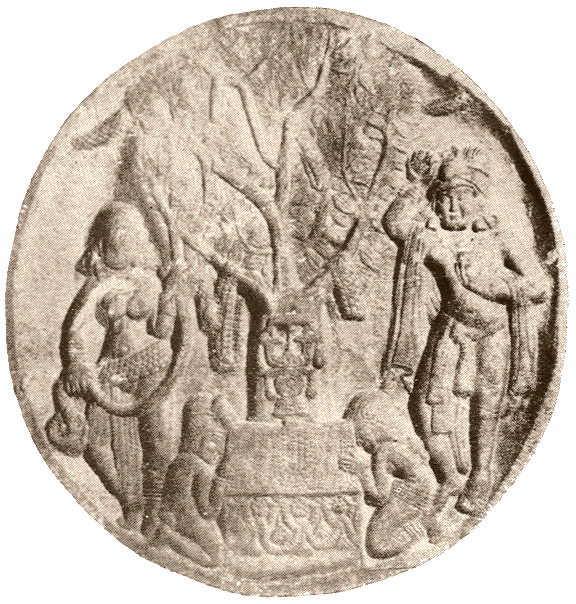
 Kumbhandas carrying a box of coins
Kumbhandas carrying a box of coins






